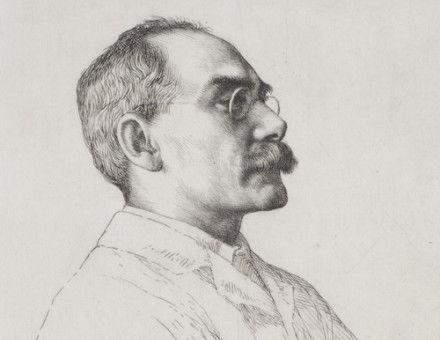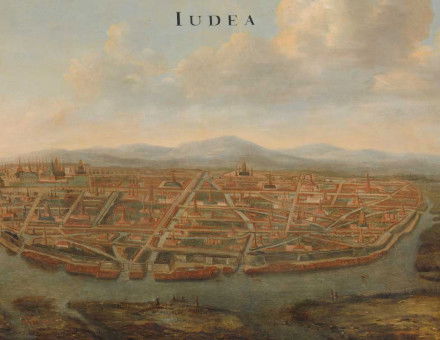Manpower for Britain's Empire
The flood of emigrants bidding their 'Last farewell to England' in the early nineteenth century was not as the result of an organised governmental policy of colonial development, argues Mark Brayshaw, but of haphazard individual effort.





